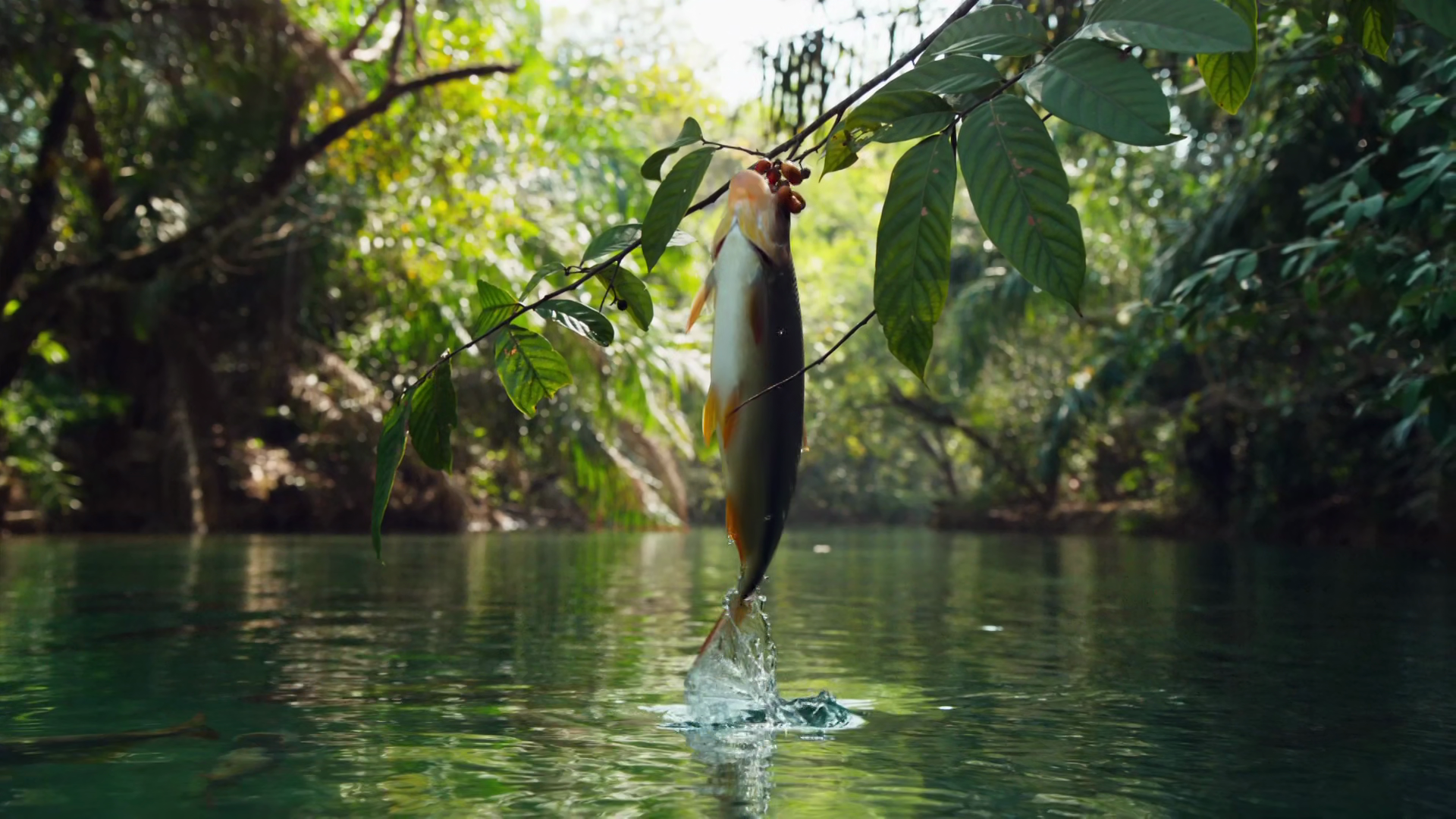The table below shows where wild dogs appear in Attenborough’s works, regardless of their common name each time.

Notice the extra information in the Readers Digest version of the Trials book. These books were exceptional when it came to explaining matters through numerous photographs (as in this case) or drawings.
It may come as a surprise that, despite the seemingly conscious effort to use a ‘correct’ name for the species in the Dynasties series it was ignored in the Netflix series afterwards. Possibly some influence from someone at Netflix but bearing in mind that the species was only barely mentioned the name being used should have been irrelevant.










